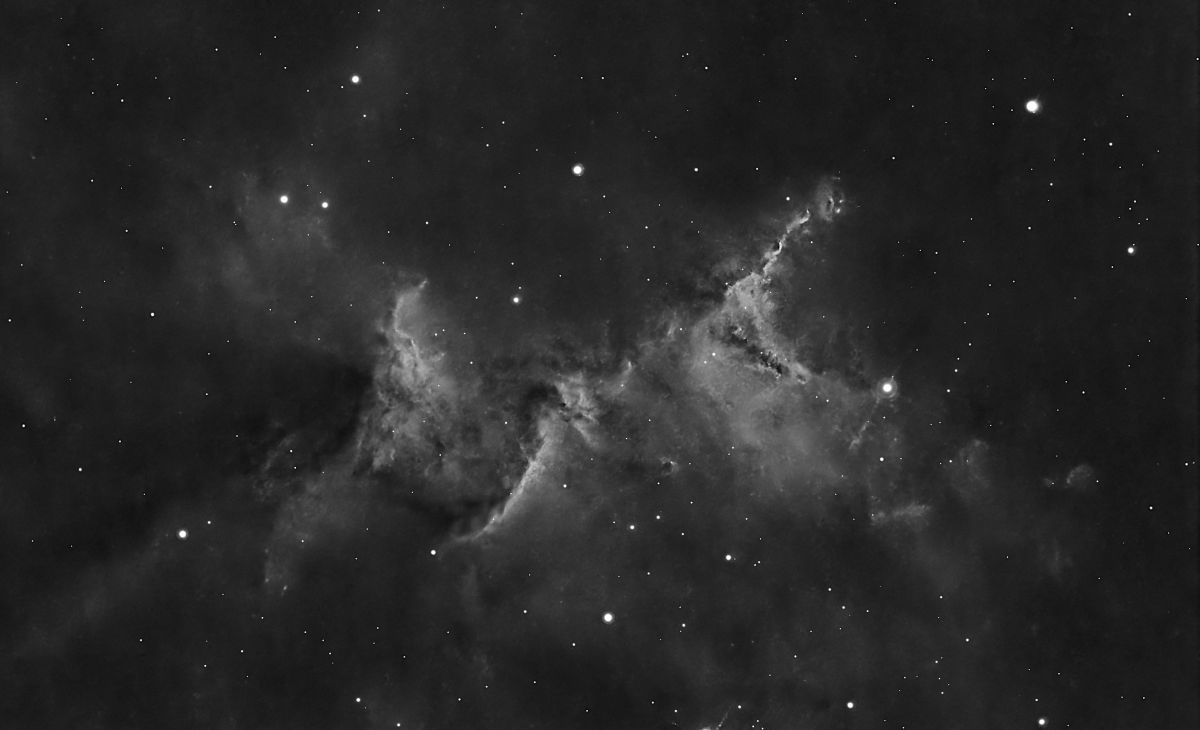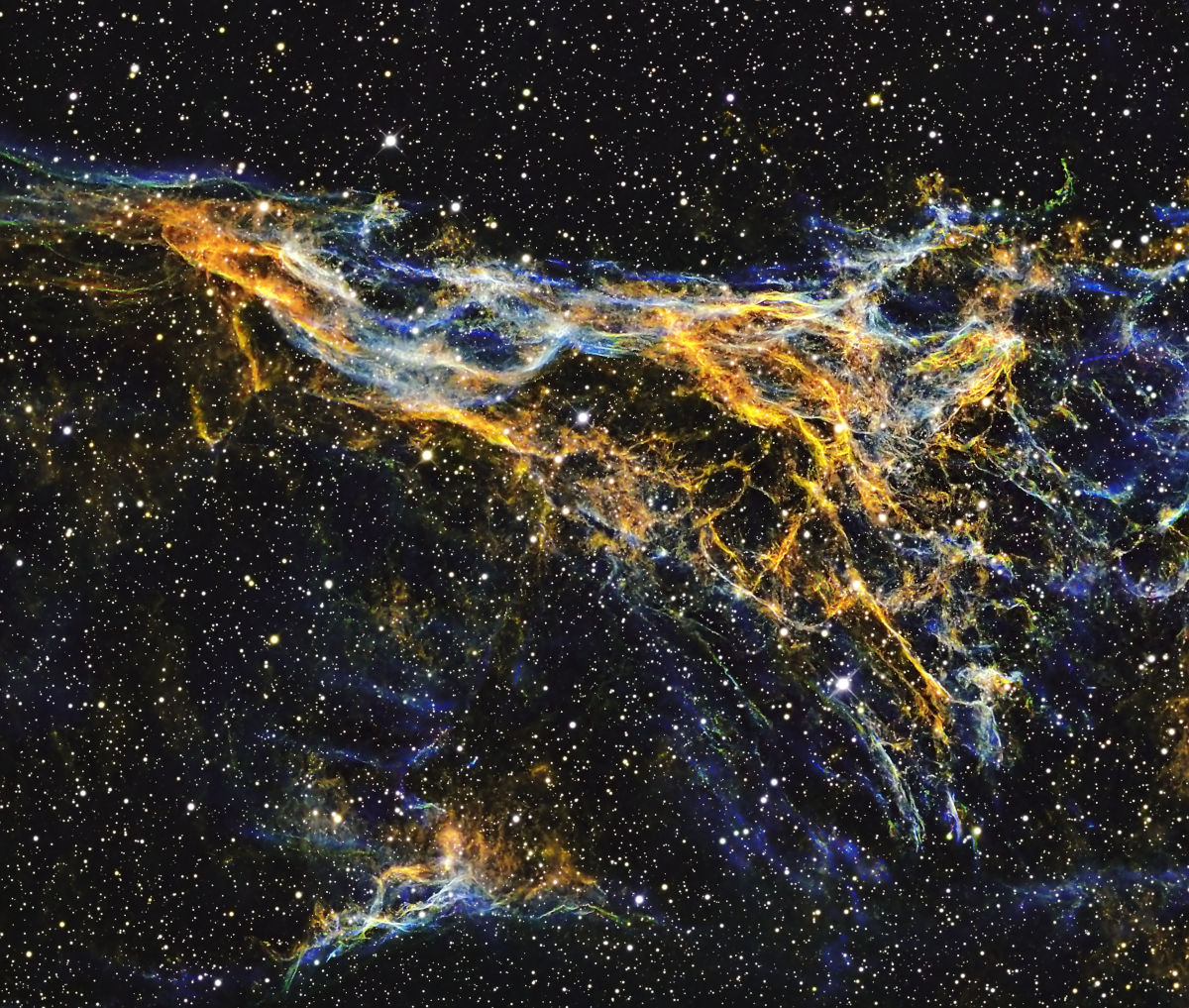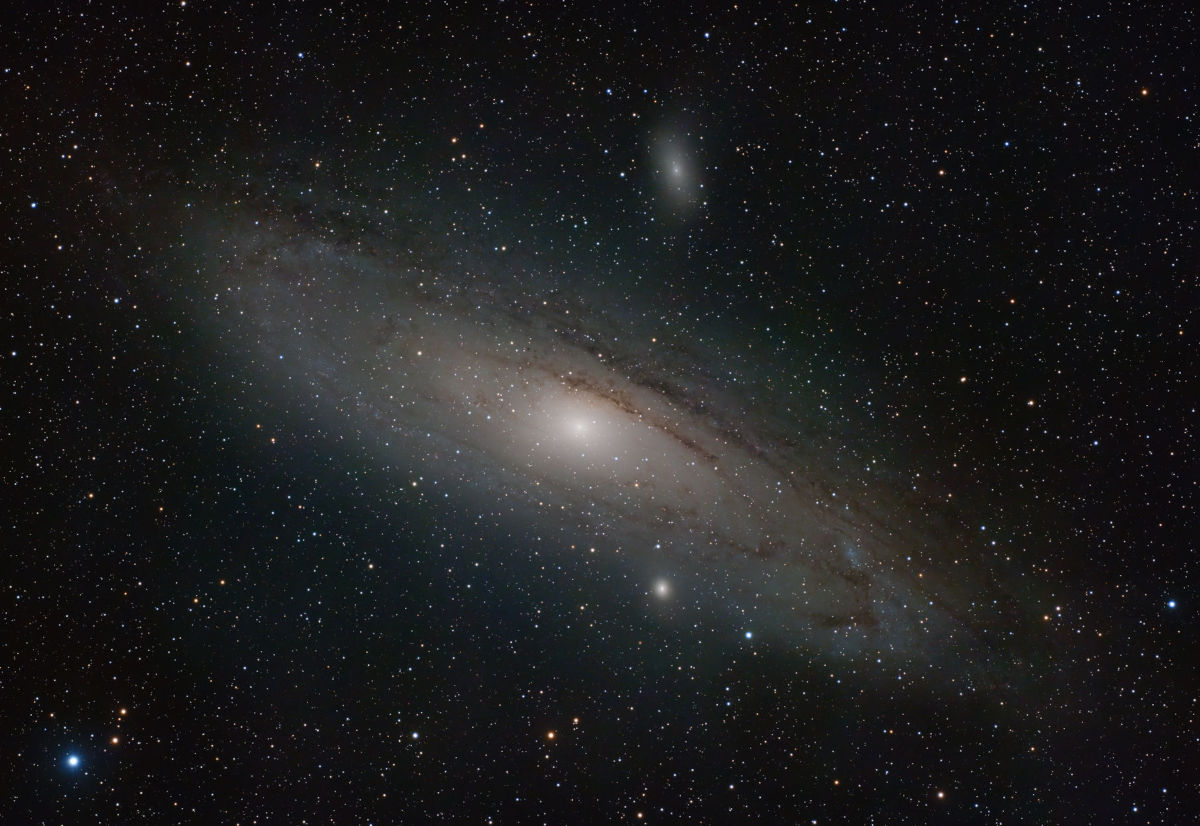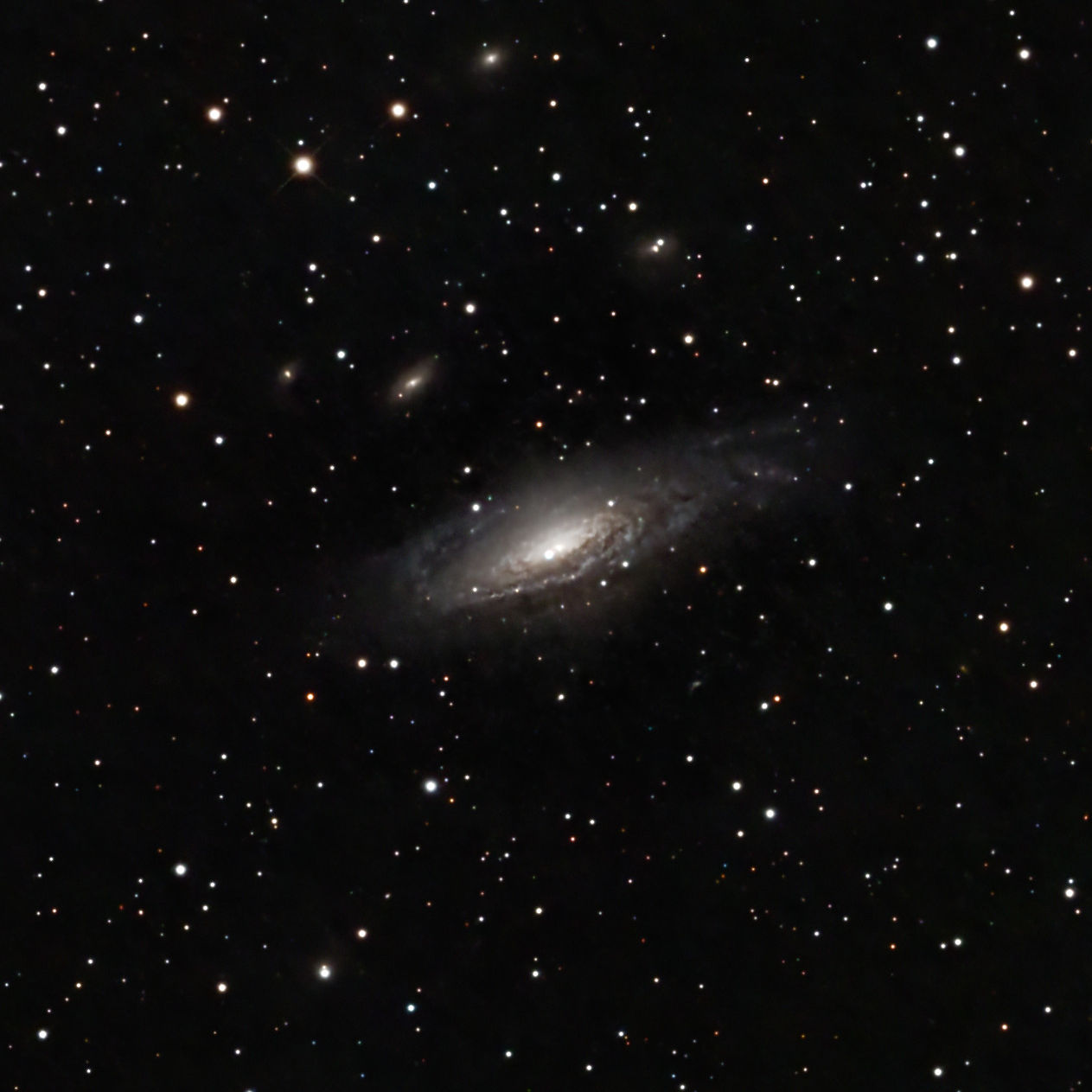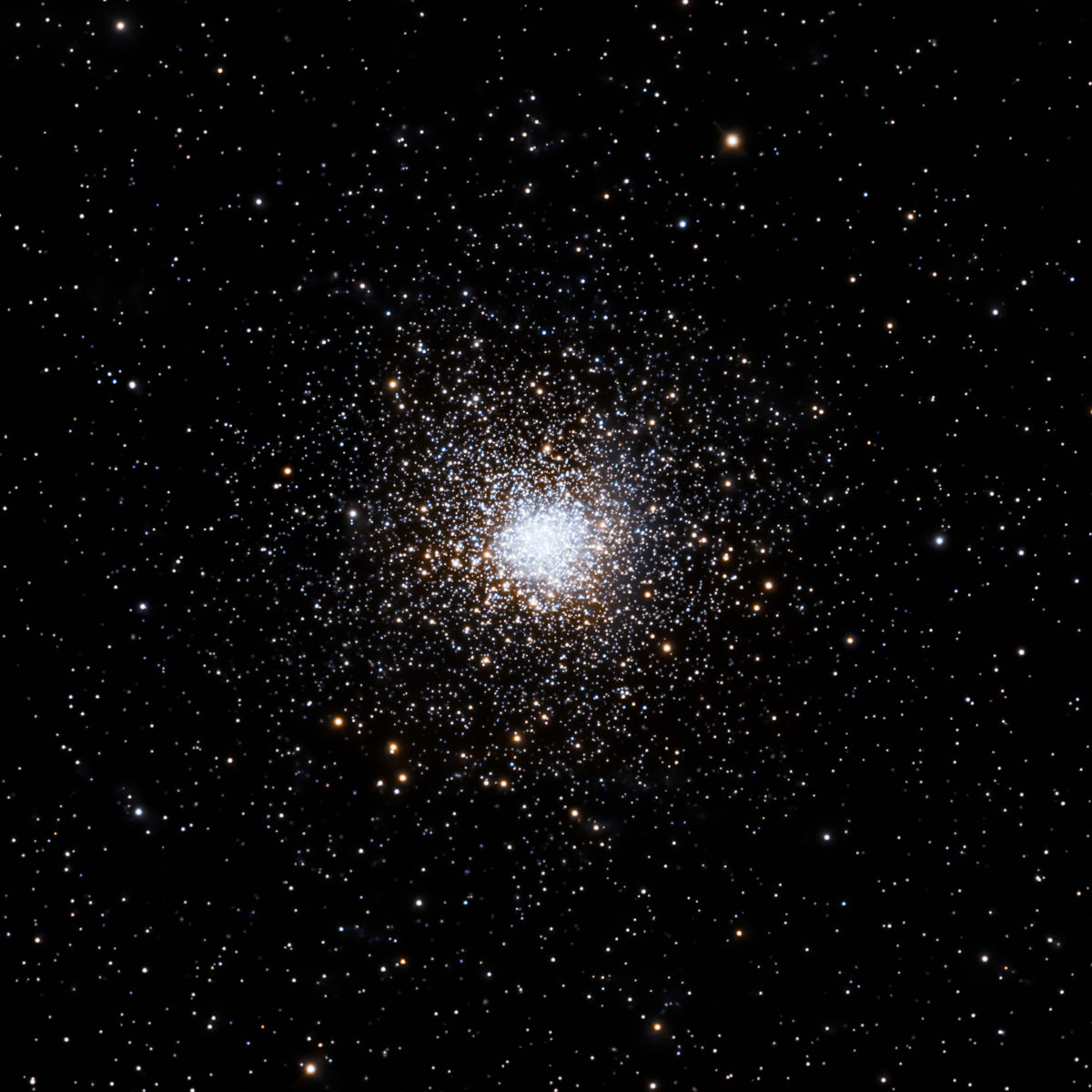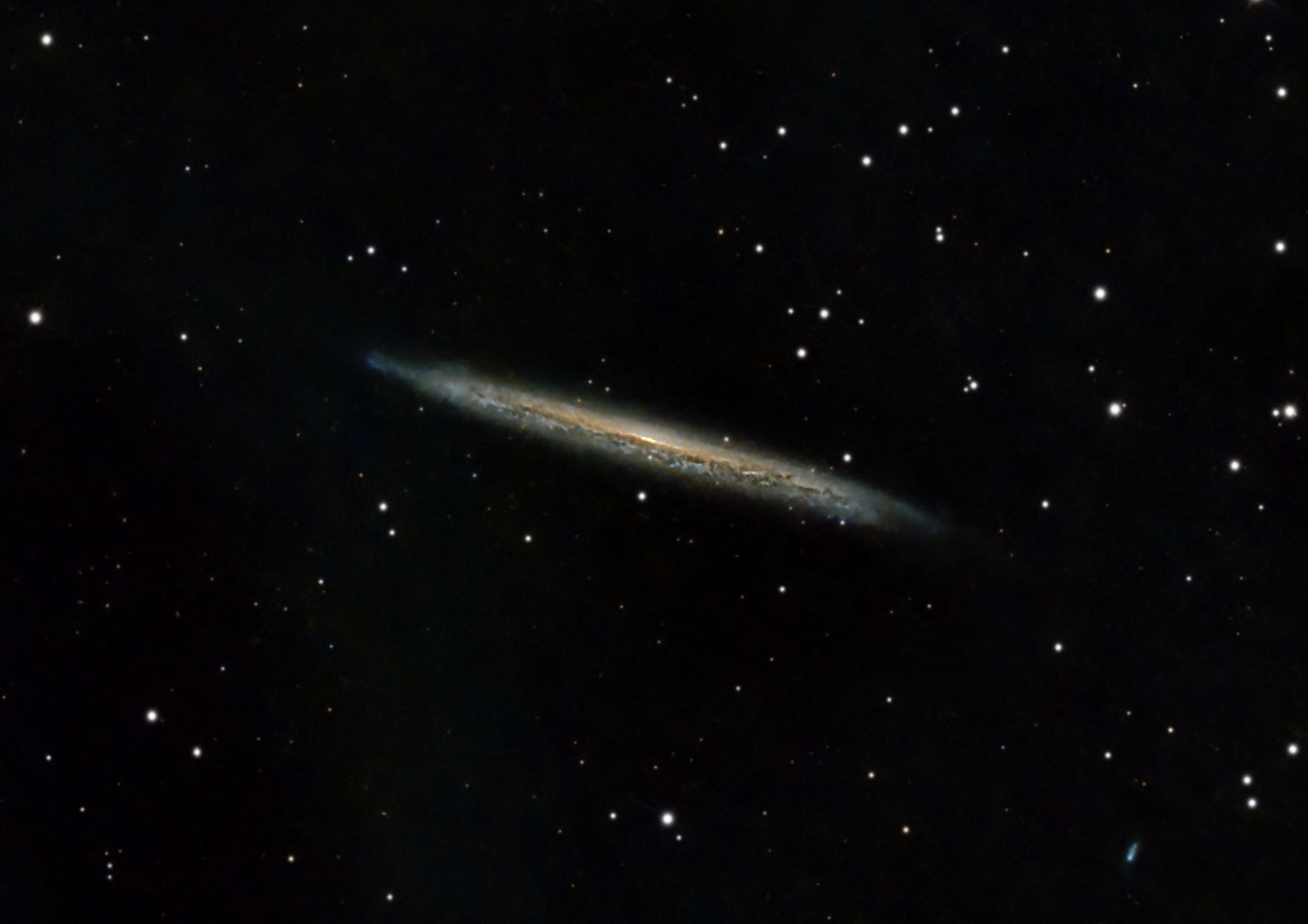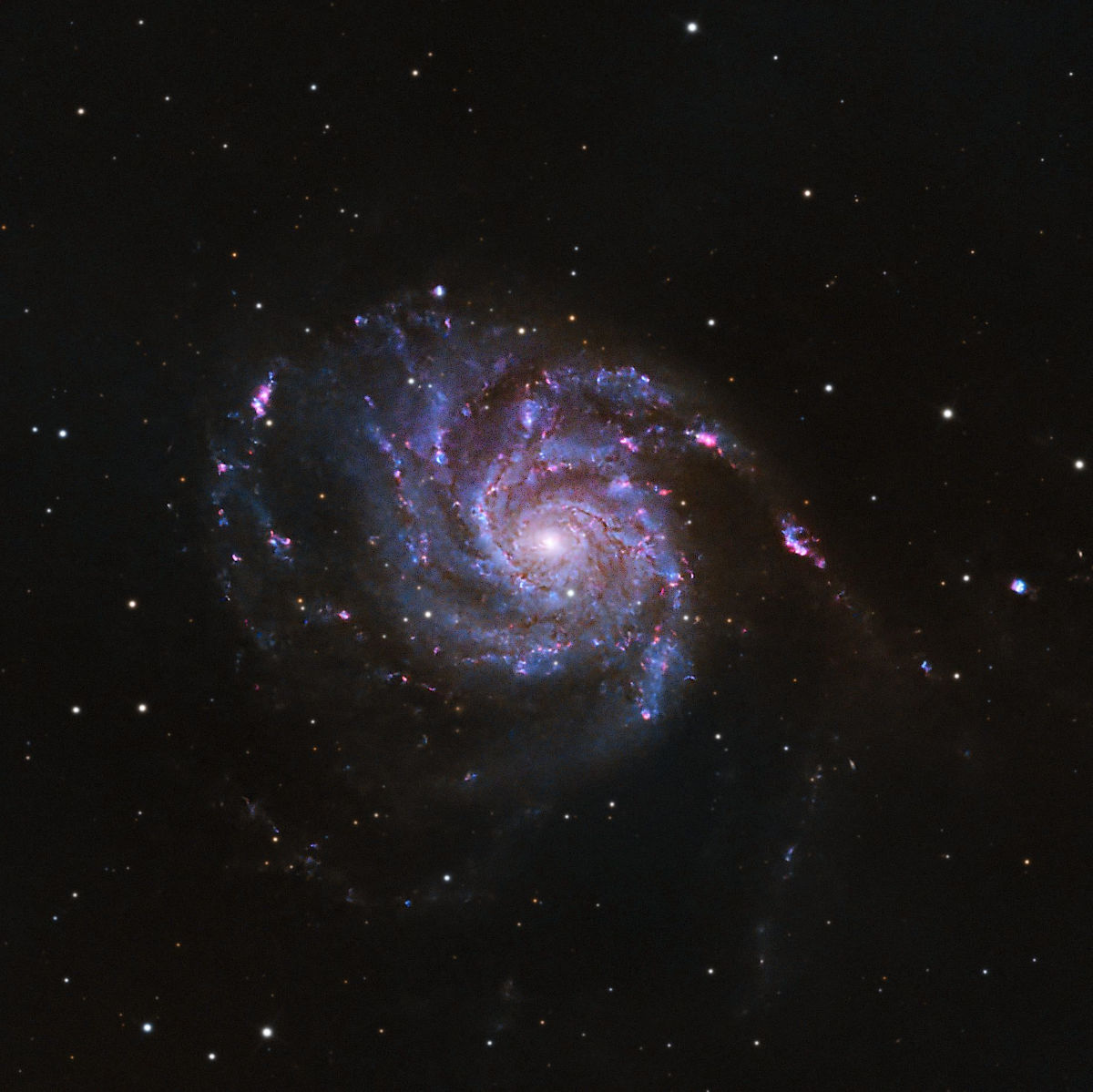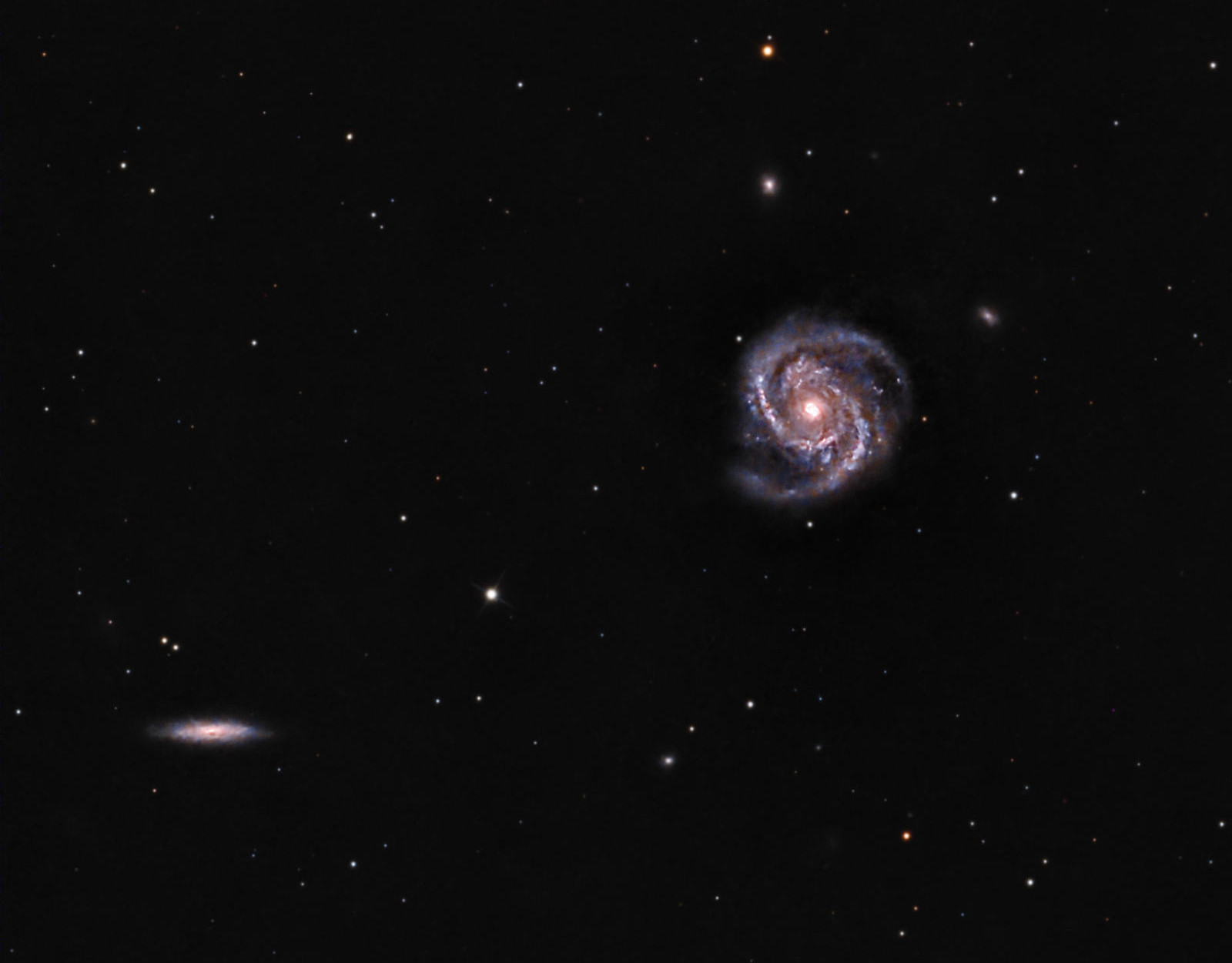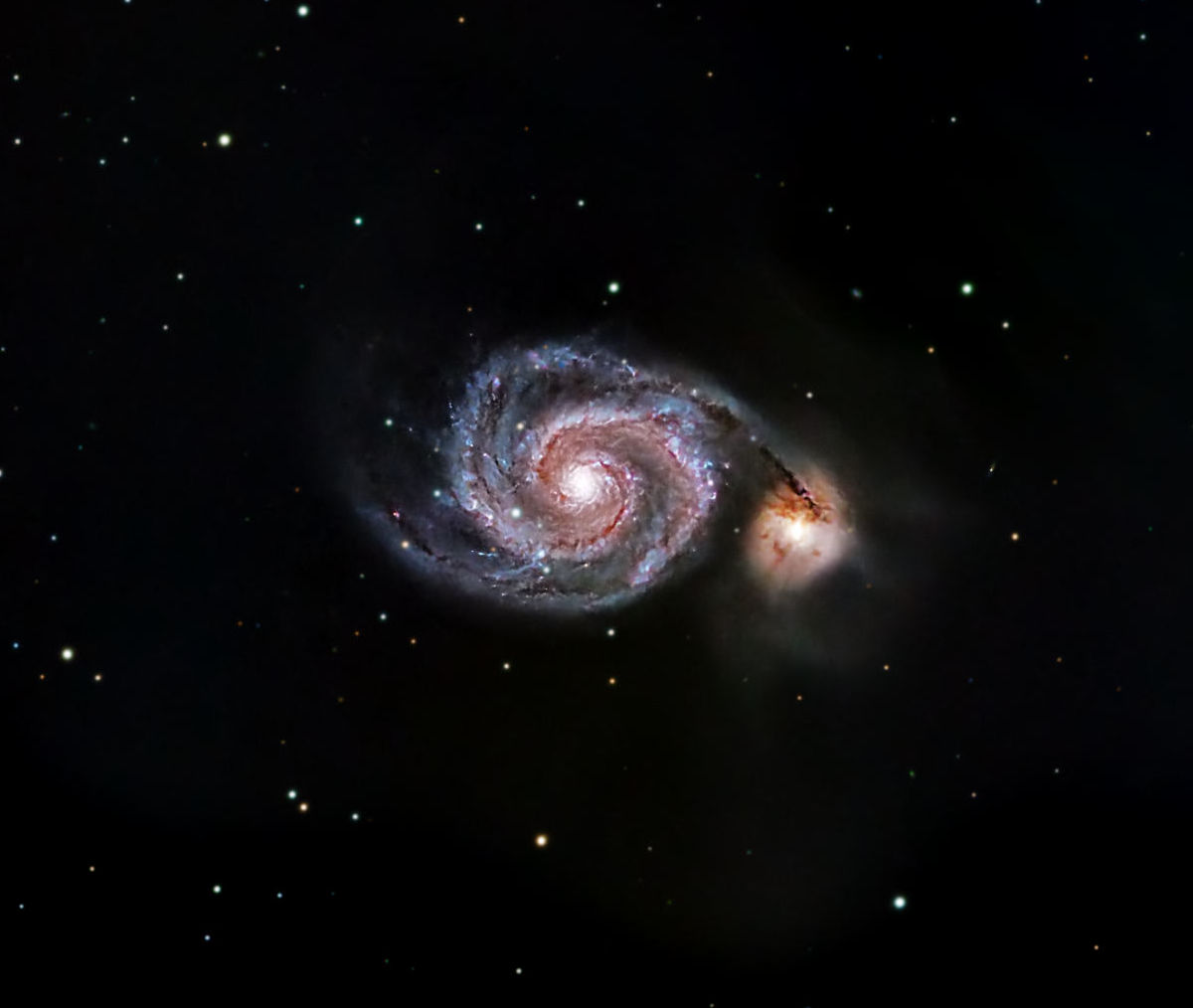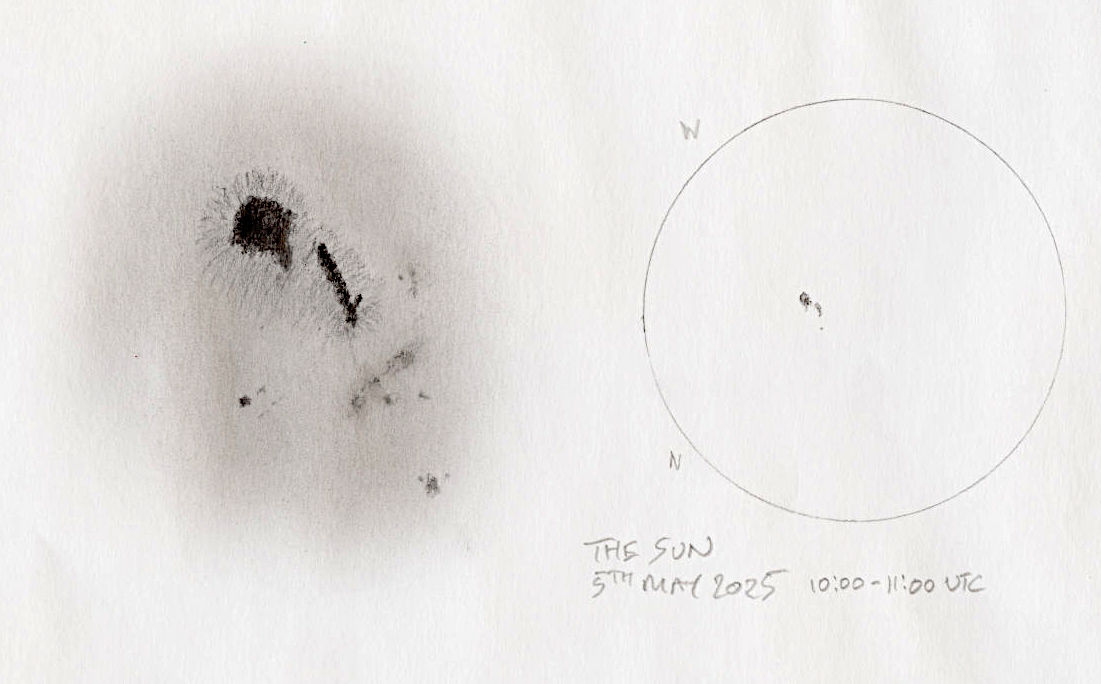
The sunspot group 4079 was so large that it was visible to the naked-eye (when viewed through eclipse glasses). In a telescope the elements were clearly visible. Due to the vagaries of the atmosphere and frequent clouds, sketching was a superior (and far more enjoyable) way to record this compared to photography.
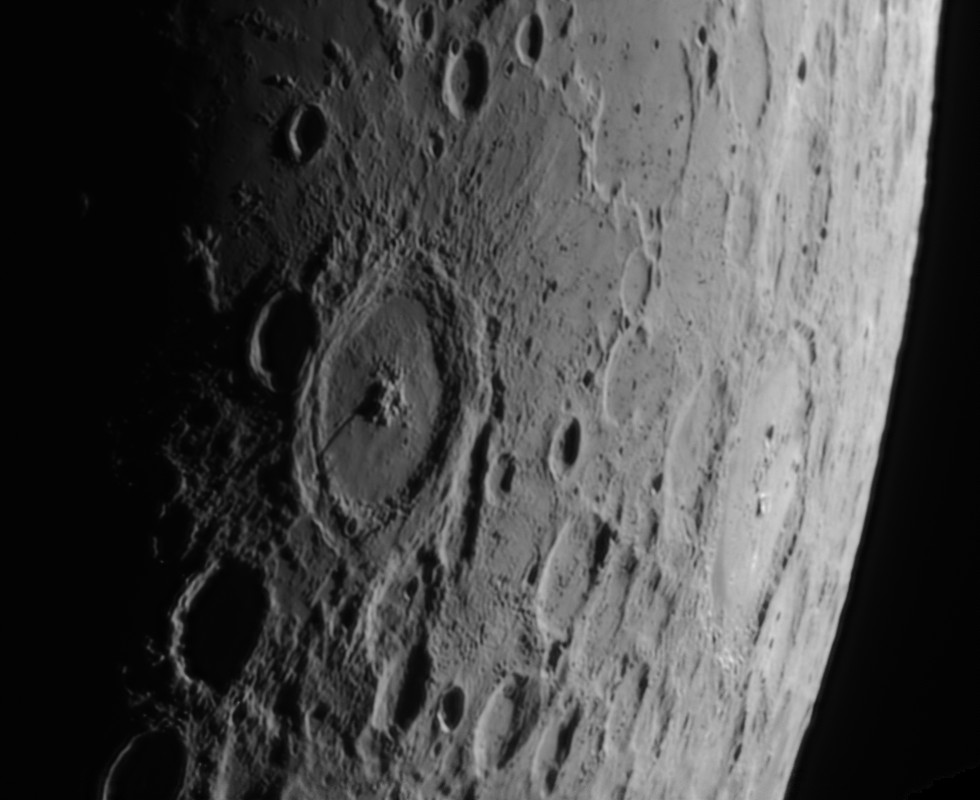
The month of April has presented numerous opportunities for high-resolution imaging of the Moon. Here the Patavius Rille can been seen clearly in the low sunlight running from the central peak to the edge of the crater itself.
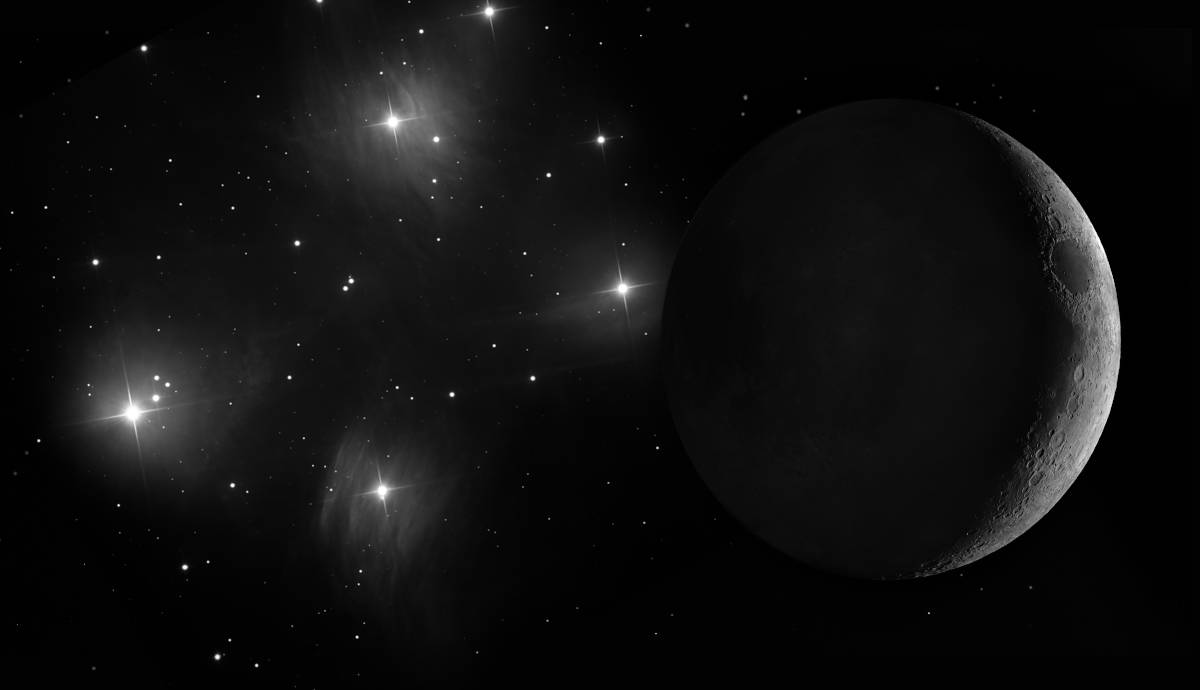
A spectacular conjunction from 1st April 2025.
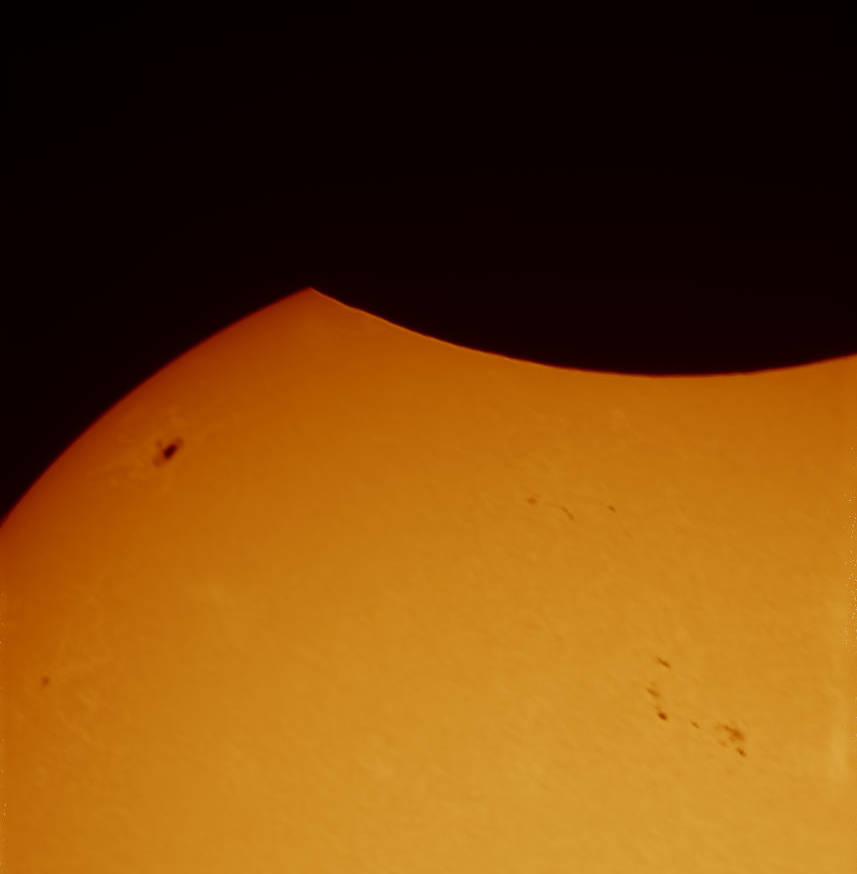
The photo shows the eclipse at 11:53 approximately 15 mins before the Moon’s transit had finished.
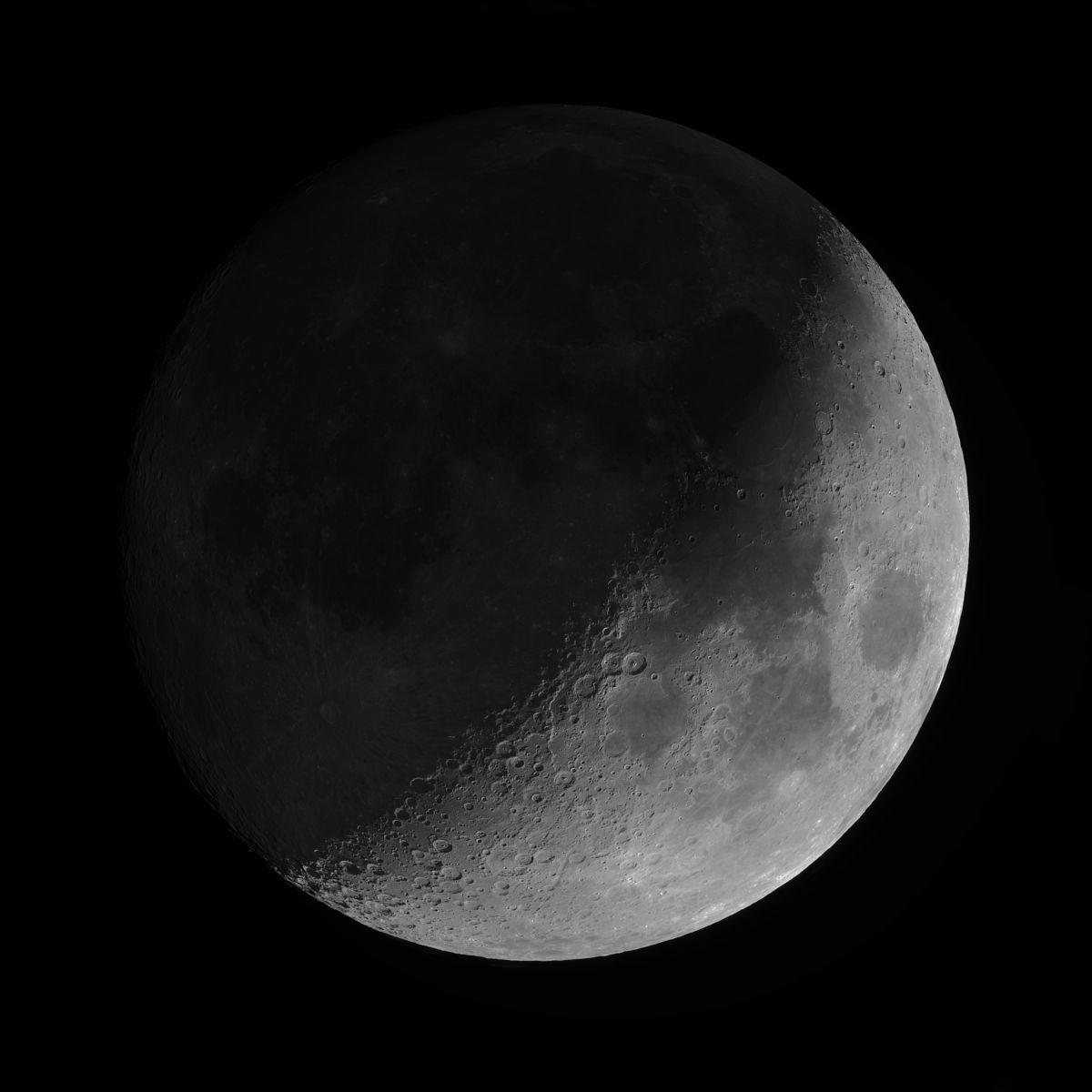
The seeing has been exceptional (for the UK) for the last few nights. This combined with the IR Pass filter seems to have helped to create the sharpset Moon photo I have ever made. Additionally, a monochrome camera was used and the combination appears to have made a significant improvement over similar images taken with a OSC camera. This is in fact two photos, the first being one of this evening’s shots of the illuminated Moon and the second another image with a different exposure…
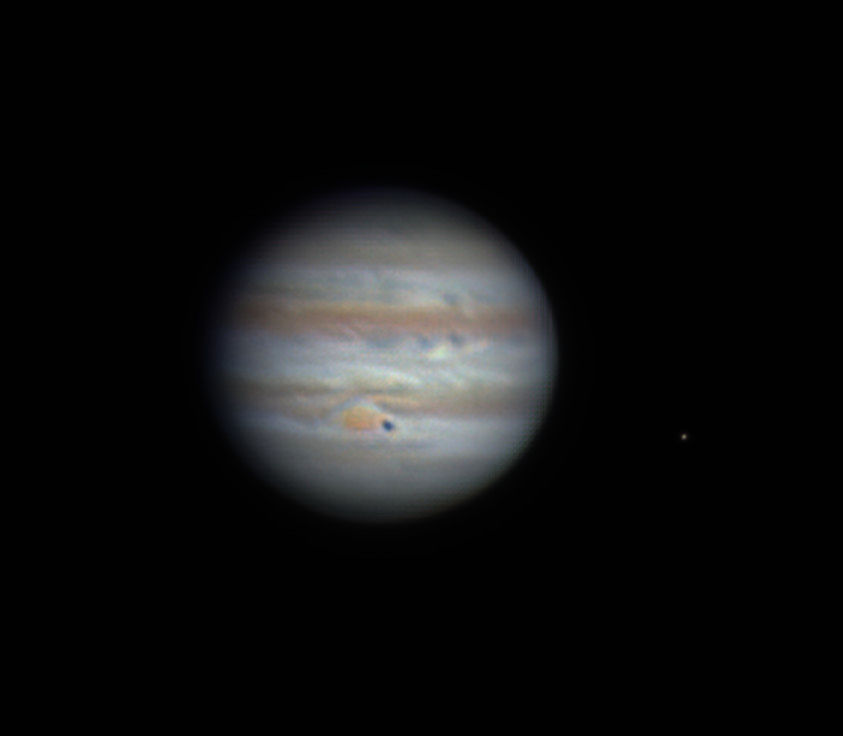
Seeing index: 4
Transparency: 4
Jet stream: OK
Moon phase: 4%
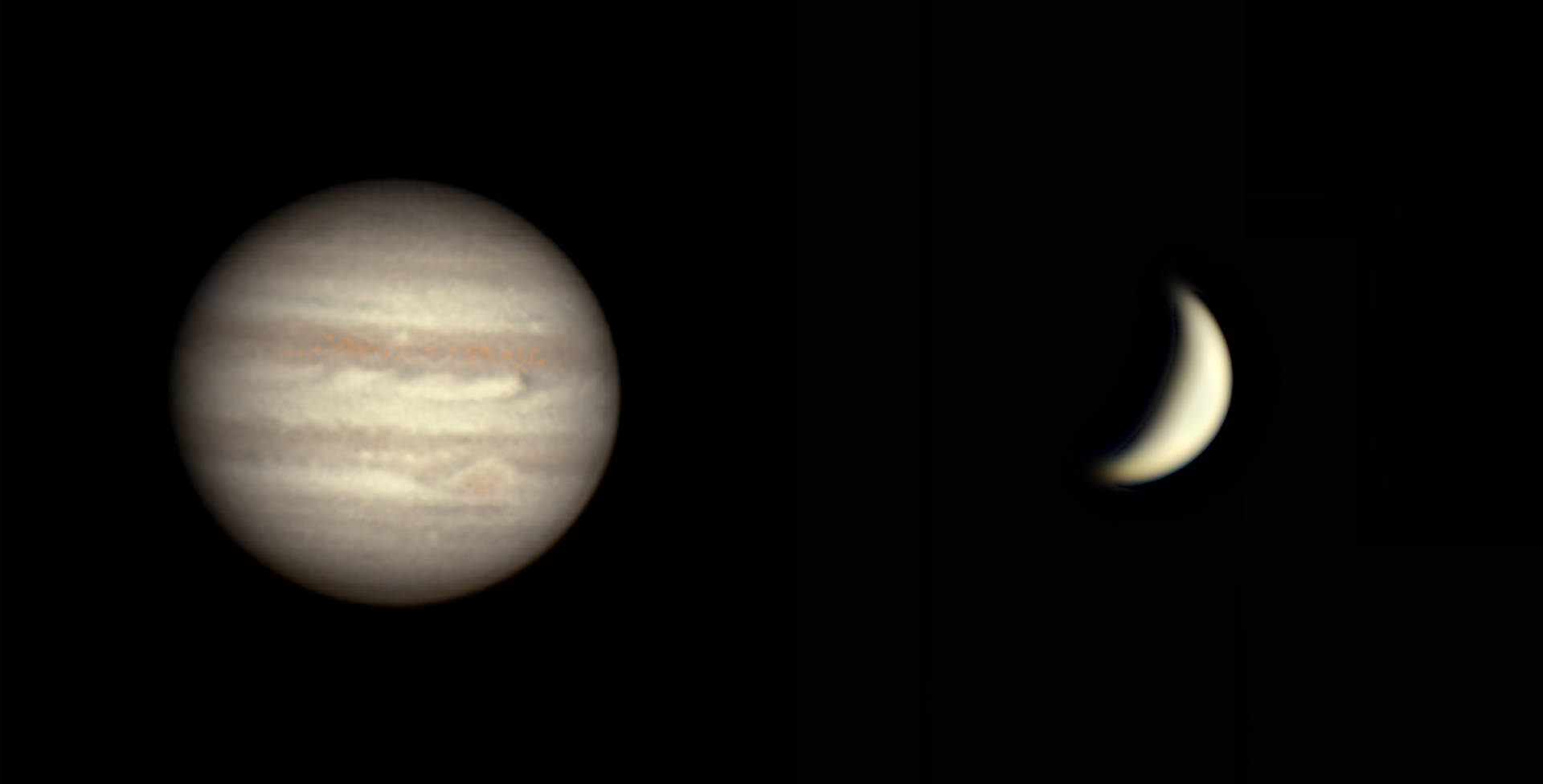
Seeing index: 3
Transparency: 2
Jet stream: Poor
Moon phase: 44%
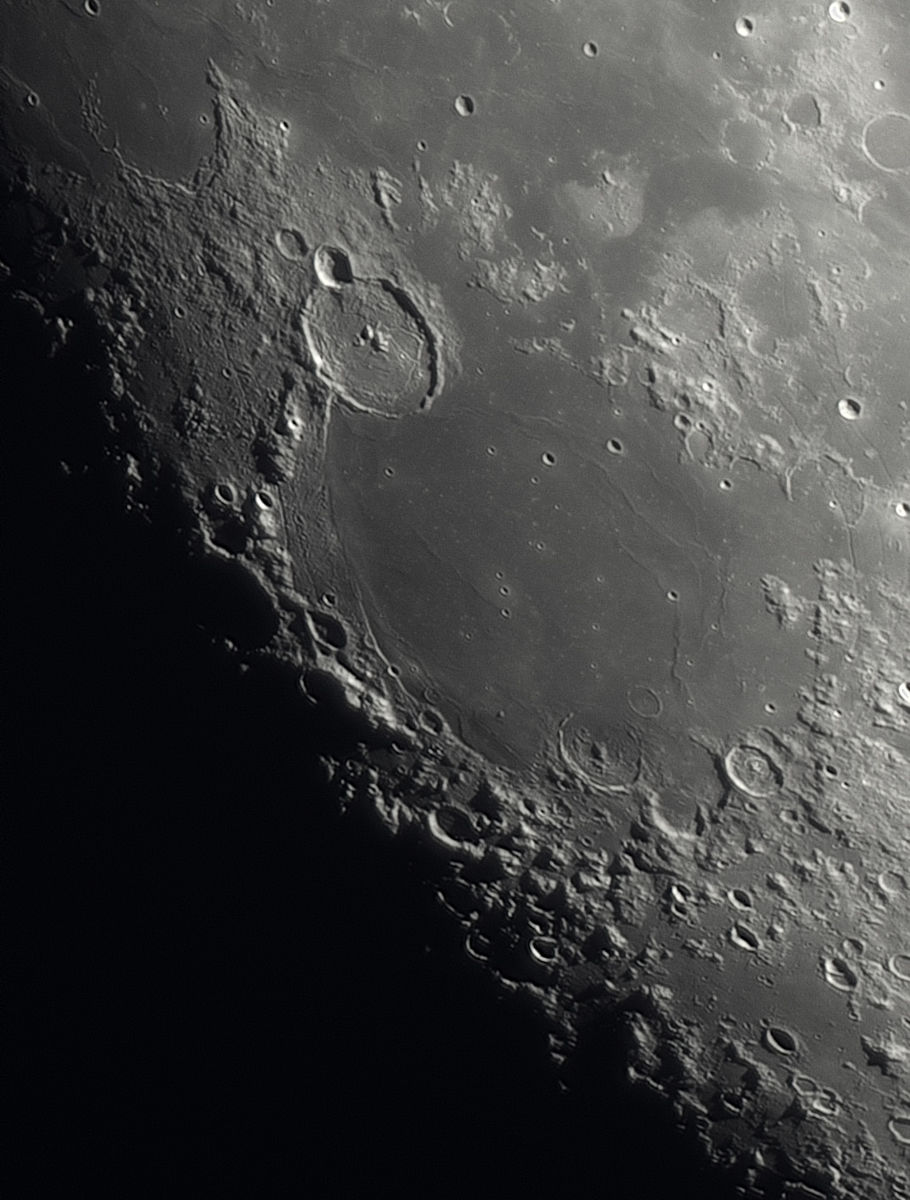
The ASI662MC has small 2.9 micron pixels which give excellent resolution, especially in a long scope such as the CC. The 10th Jan was the stablest and most transparent evening we have had for weeks if not months and the Moon was really high at over 65° in altitude. The 12th was less clear but still gave a really good view of the full Moon.
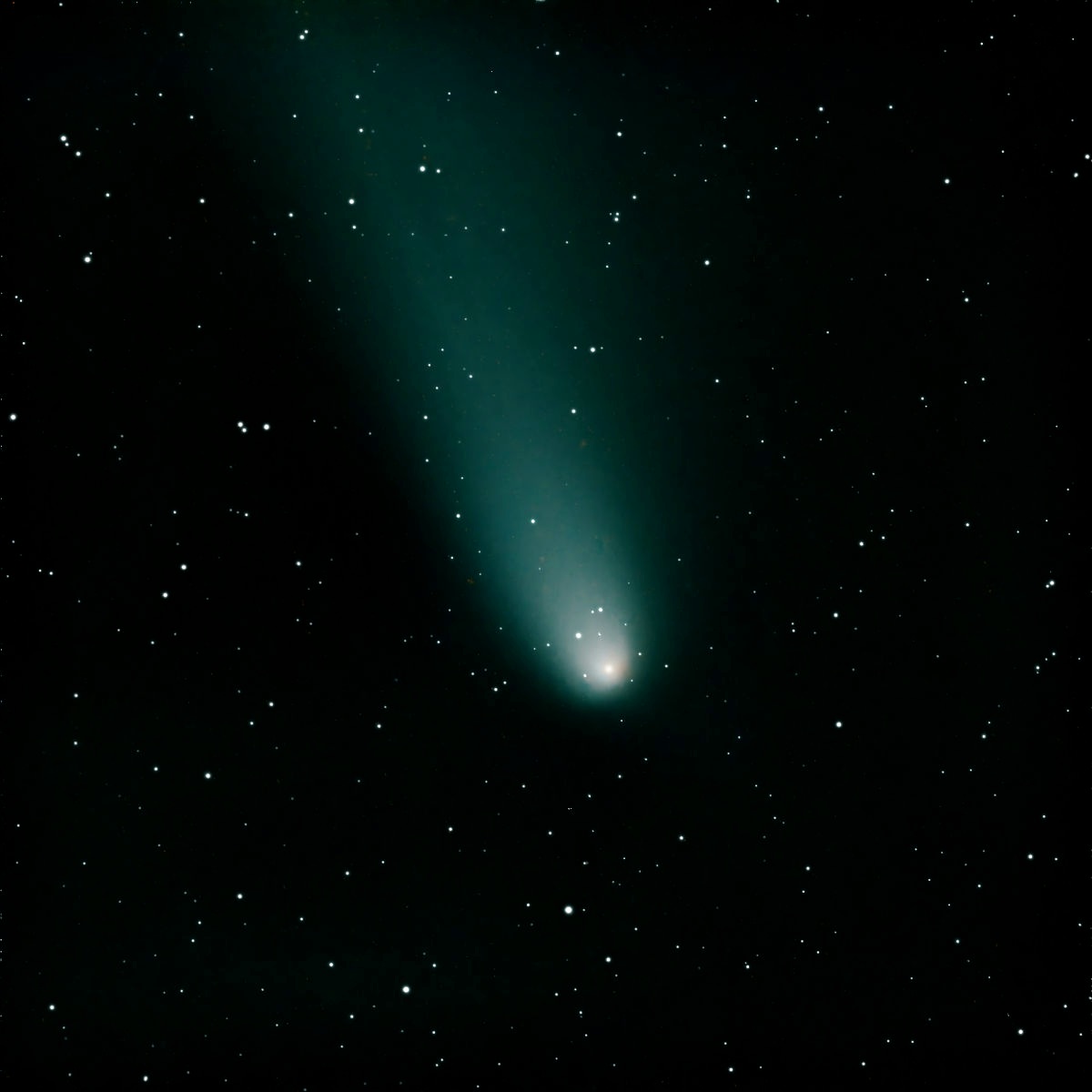
Integration time:
* L 150 X 1s (2.5m)
* R 150 X 1s (2.5m)
* G 150 X 1s (2.5m)
* B 150 X 1s (2.5m)
Towards the end of its visit to the sun. Very low in the West and getting dimmer by the day.
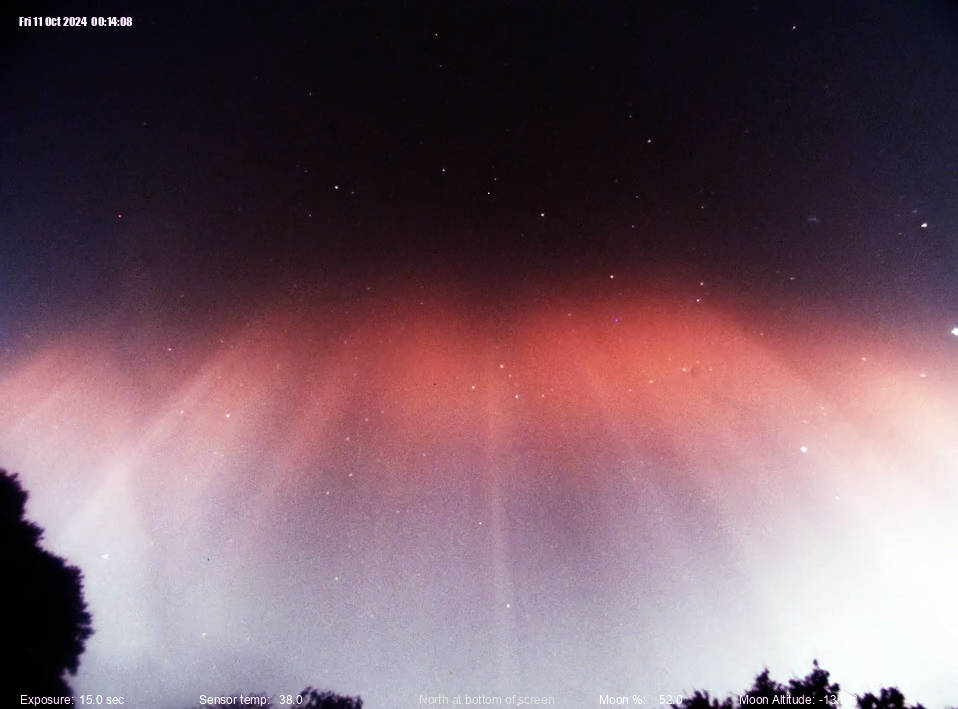
This image was taken at 00:14 BST. The aurora was visible intermittently between 8pm and 2am. Faint pink and green hues were visible to the naked eye. Cameras revealed much more. In less light-polluted areas the colours were much more vivid.
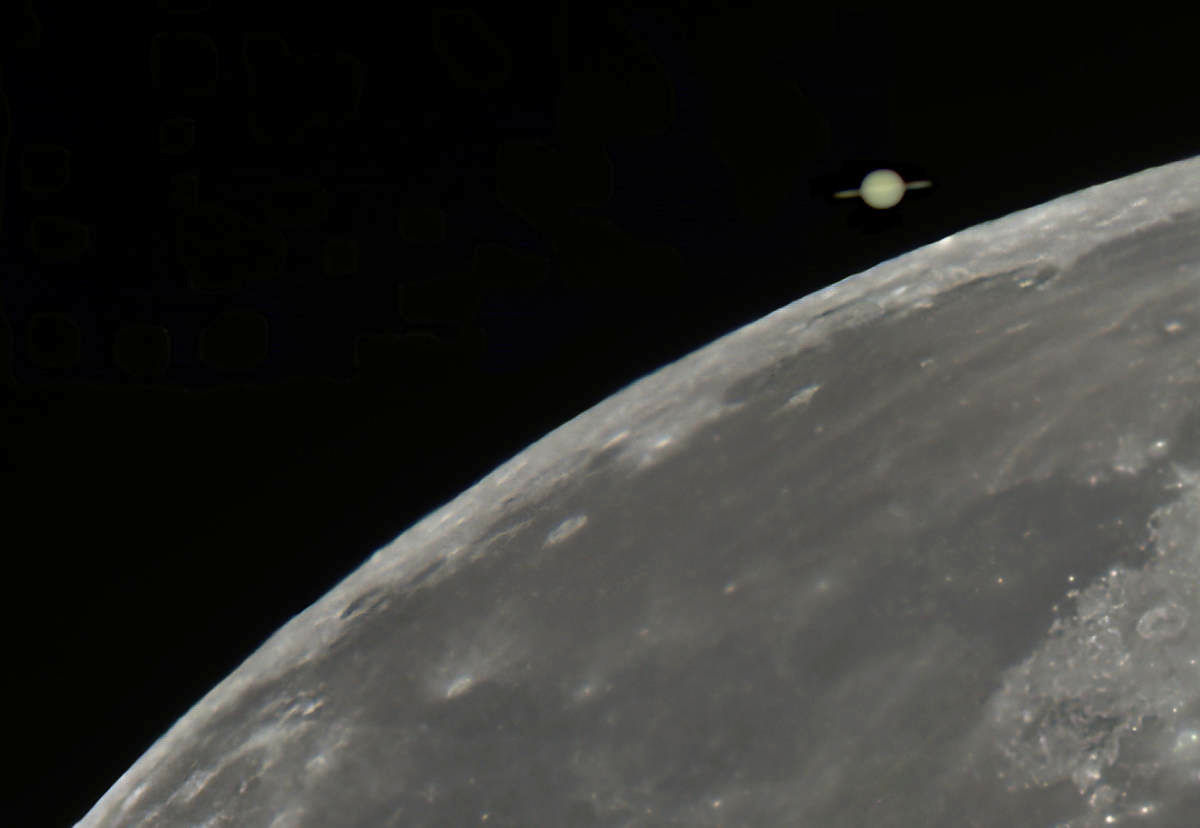
Saturn disappeared at 04h27 and reappeared at 05h20 BST. Amazingly the blanket of thin swirling cloud lifted 10 minutes before the point of ingress. The night was very windy however and the atmosphere was extremely wobbly precluding any chance of capturing surface details on Saturn. The difference in brightness between Saturn and the Moon necessitated creating a composite image to show both bodies visually.












